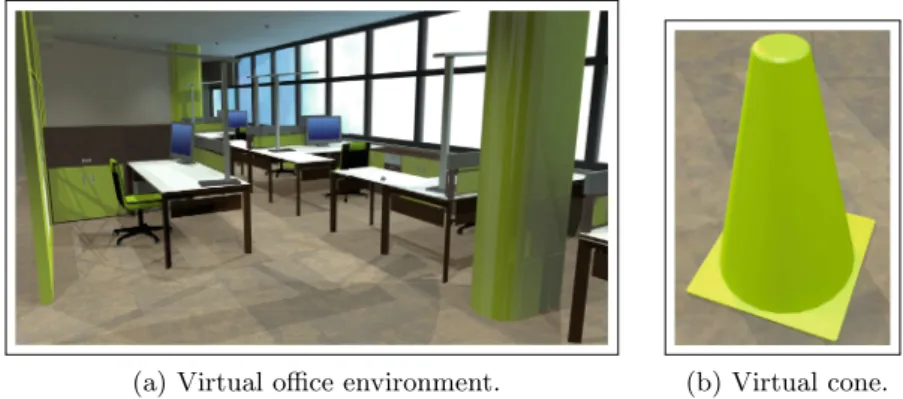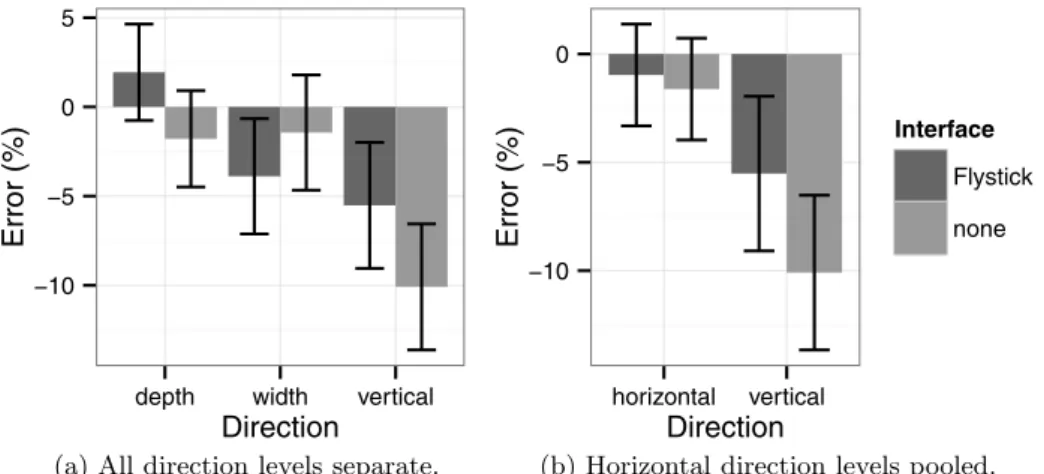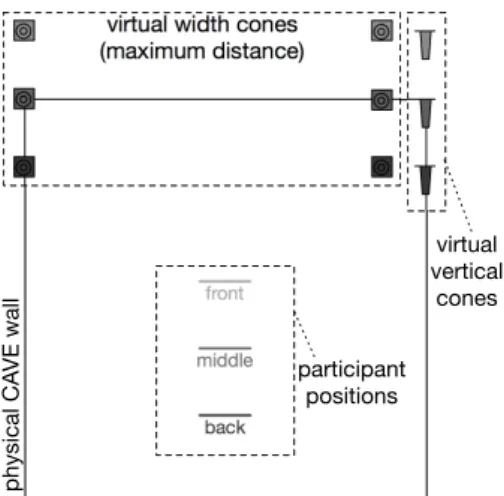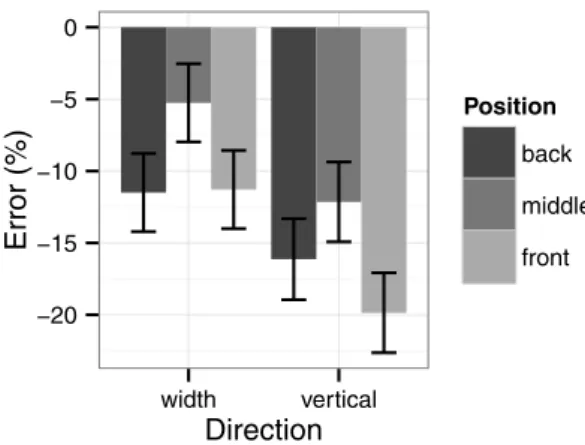Virtual Distance Estimation in a CAVE
Texte intégral
Figure




Documents relatifs
The moonmilk covering the north wall of the Throne Room in Leye Cave presents a large macroscopic variability which makes the identification on the field difficult by only relying
During the learning phase, distance spans were displayed 50 cm in front of the front CAVE wall, on the physical floor (for width judgements) or right wall (for vertical judgements)
Solute boundary layers obtained from these wall functions are compared to numerical results of segregation in the transient lid driven cavity configuration, which proved to be
In the pooled sample, relative income had a negative, although quite modest, impact on preferences for redistribution, and the effects of the variables capturing beliefs about
Biorobotics Dpt., Movement and Perception
Late Natufian burial sites containing smaller number of individuals were found at Shukbah Cave (Garrod and Bate 1942; Weinsten-Evron 2003), at el-Wad Terrace (Garrod and Bate 1937)
In contrast, Lechuguilla Cave has had limited human impact and represents an excellent site to investigate the microbial biodiversity in the absence of
Addi- tionally, the frequent use of relief by the original artists and the posi- tions of the panels in the space of the gallery have lead us to devote a great deal of time and
